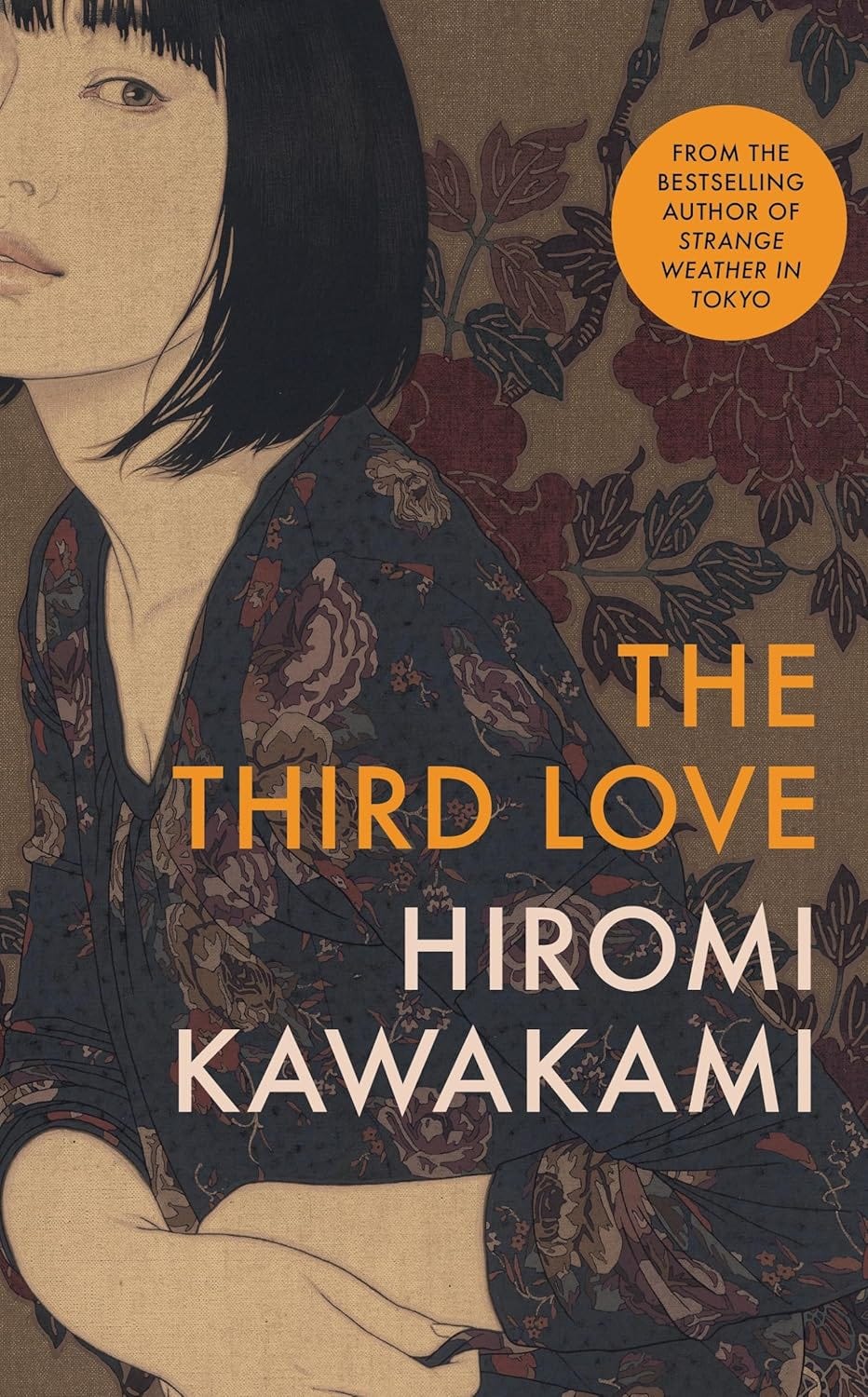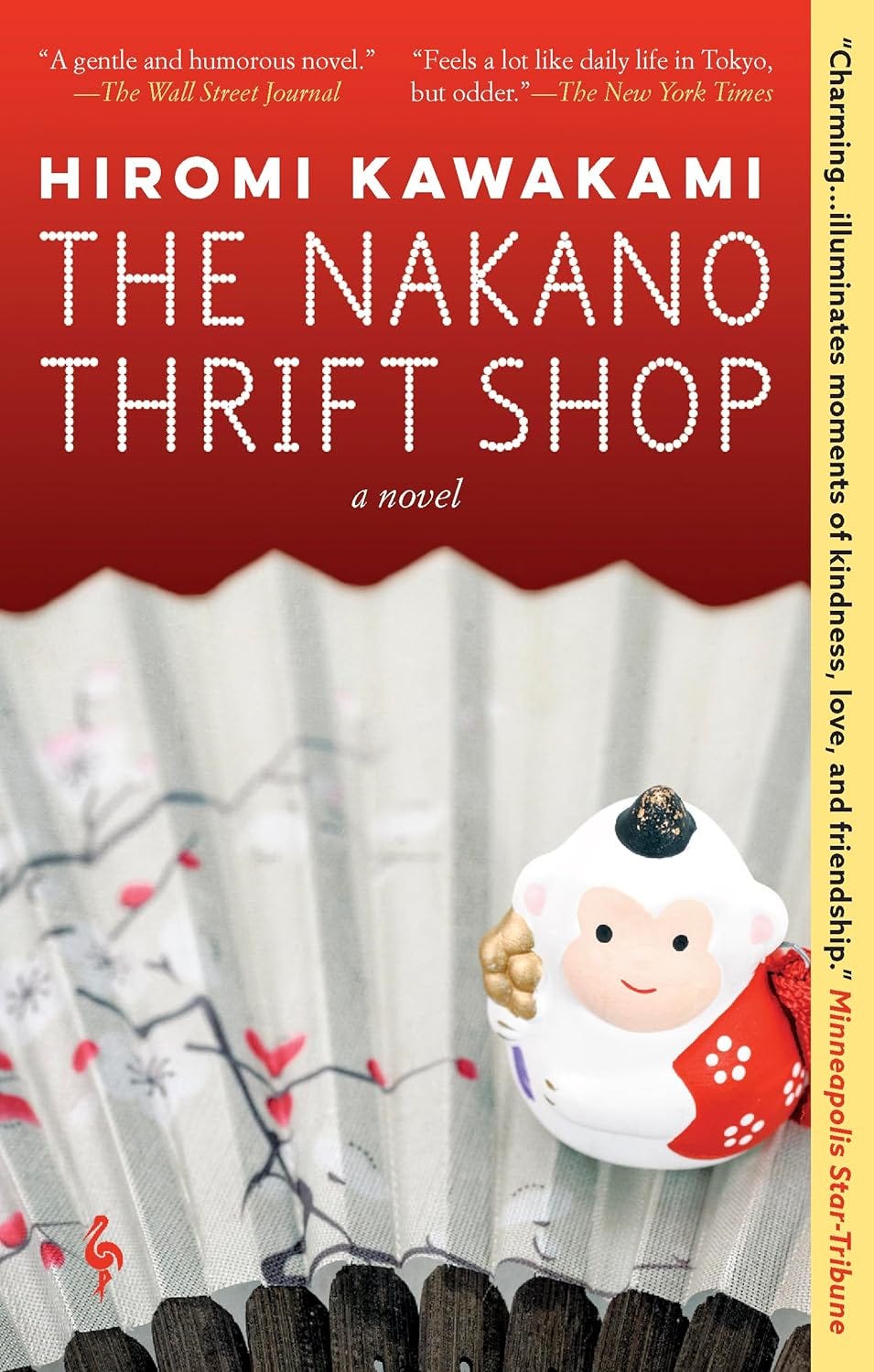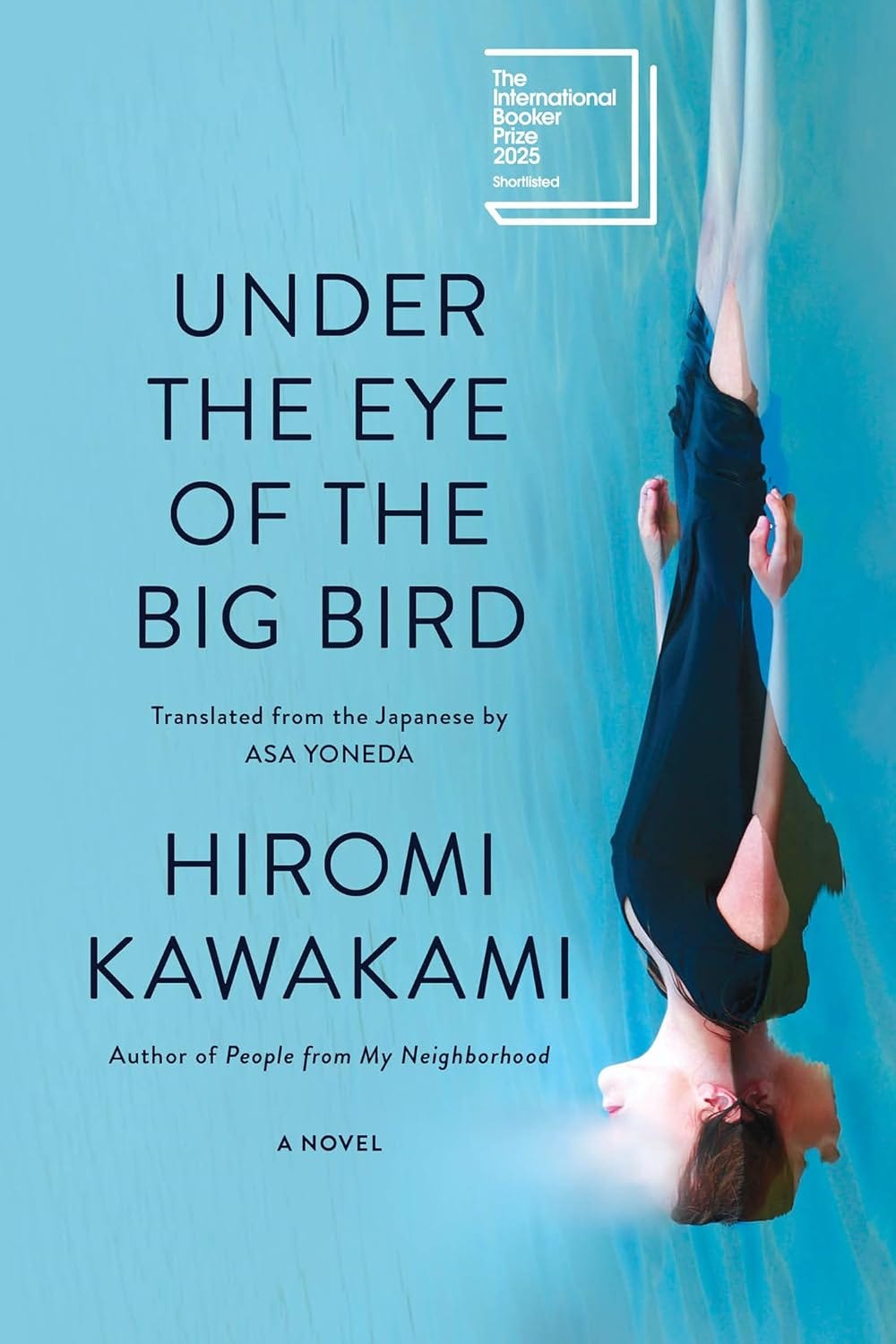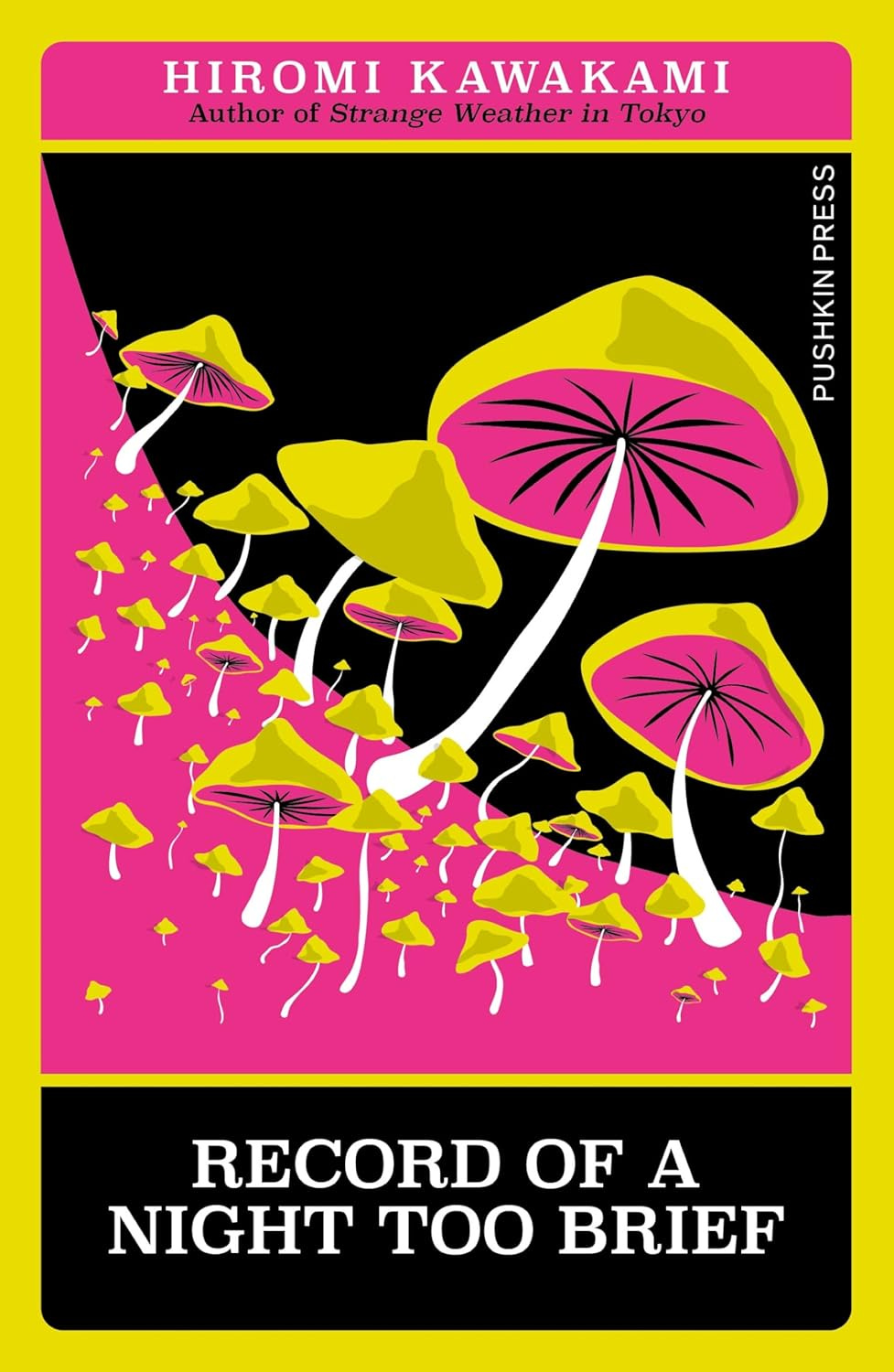Relatively unknown in the West, Hiromi Kawakami is one of Japan's best and most acclaimed contemporary authors. She has won all of the major Japanese literary prizes, including the Akutagawa Prize, the Tanizaki Prize, the Yomiuri Prize, and the Izumi Kyōka Prize for Literature. She is known for her delicate exploration of human relationships and the subtle magic that permeates everyday life, occasionally delving into what can only be described as deep science fiction. Somewhat reminiscent of Haruki Murakami, though far more deeply rooted in Japanese culture, Kawakami writes stories that feel both deeply personal and mysteriously otherworldly. Her work often focuses on the connections between people—romantic, familial, and neighborly—rendered with a gentle touch that reveals profound truths about loneliness, love, and belonging.
While three of her books are yet to be translated into English, I have read nine of the ten that are available, and this is how I would list them in order of personal preference and general literary quality.
1. The Third Love This collection of interconnected stories explores the complex terrain of romantic relationships through various characters whose lives occasionally intersect despite being separated over centuries of history. Kawakami examines how love can be simultaneously transformative and destructive, following individuals as they navigate affairs, breakups, and the search for meaningful connection in modern Japan.
2. The Nakano Thrift Shop Set in a cluttered second-hand store in Tokyo, this novel follows the unlikely friendship between Hitomi, a young employee, and Mr. Nakano, the elderly shop owner. Through their daily interactions among the shop's eclectic collection of forgotten objects, Kawakami weaves a gentle story about intergenerational understanding and finding family in unexpected places.
3. The Ten Loves of Nishino This novel presents ten different women's perspectives on their relationships with the same man, Nishino. Each chapter reveals a different facet of love—obsessive, nurturing, destructive, or healing—as Kawakami constructs a complex portrait of how one person can mean entirely different things to different lovers throughout their life.
4. People From My Neighborhood A collection of surreal short stories that blur the line between reality and fantasy, featuring ordinary suburban residents who encounter extraordinary situations. From a woman who befriends a talking crow to neighbors who discover mysterious portals, these tales capture the hidden strangeness lurking beneath everyday suburban life.
5. Strange Weather in Tokyo Kawakami's most internationally acclaimed work, this tender novel follows the unlikely romance between Tsukiko, a woman in her late thirties, and her former high school teacher, now in his seventies. Set against the backdrop of Tokyo's izakayas and changing seasons, it's a meditation on companionship, aging, and the unexpected ways love can bloom.
6. Under the Eye of Big Bird This collection features stories that blend the mundane with the mysterious, often featuring characters who encounter supernatural elements in their daily lives. The title story involves a woman living under the watchful gaze of an enormous bird, exploring themes of surveillance, protection, and the uncertain border between safety and threat.
7. Dragon Palace A haunting tale inspired by the Japanese folktale of Urashima Taro, this novella follows a woman who may or may not have spent years in an underwater palace. Kawakami uses this framework to explore memory, time, and the slippery nature of reality, questioning what one can truly know about one’s own experiences.
8. Record of a Night Too Brief This introspective work captures a single night in the life of its protagonist, stretching moments into deeper reflections on mortality, relationships, and the weight of memory. Somewhat in the mode of Proust and his endless search for the colder side of the pillow, Kawakami's prose slows down time and discovers meaning in the smallest gestures and thoughts that occur during the sleepless hours of the night.
9. Parade: A Folktale Drawing from traditional Japanese storytelling, this work reimagines classical folktale elements for contemporary readers. Kawakami transforms familiar narrative structures into something entirely new, exploring how ancient stories continue to resonate with modern concerns about identity, transformation, and the cyclical nature of human experience.
Throughout these nine works, Kawakami shows herself to be a true master of the intimate and the strange, as she has a rare ability to illustrate the extraordinary within the ordinary moments of human existence.
Check out AI Central Substack for some great talks on AI-related creativity from Vox Day and more:

















There's a beautiful manga based on "Strange Weather in Tokyo," created by my favourite mangaka Jiro Taniguchi. That's actually how I first heard about Hiromi Kawakami. I was not familiar with the other books, but they certainly sound intriguing, especially the modern retelling of the Urashima Taro legend.
You are blacked ♠️